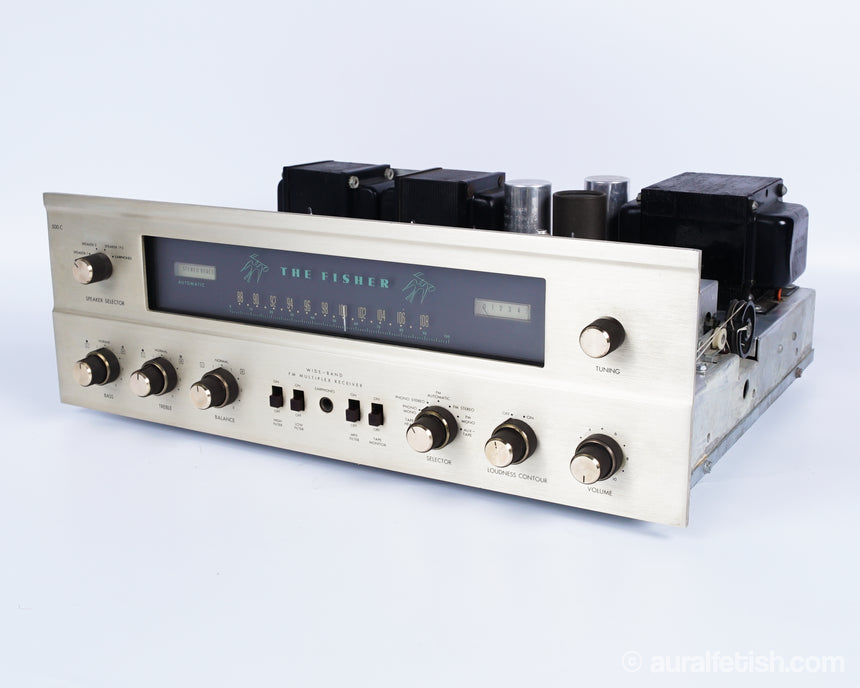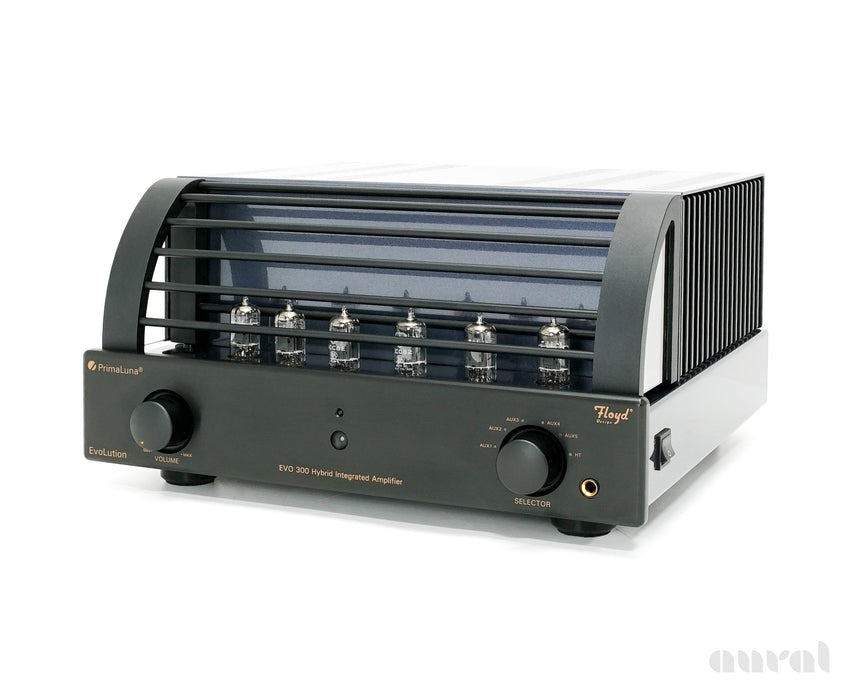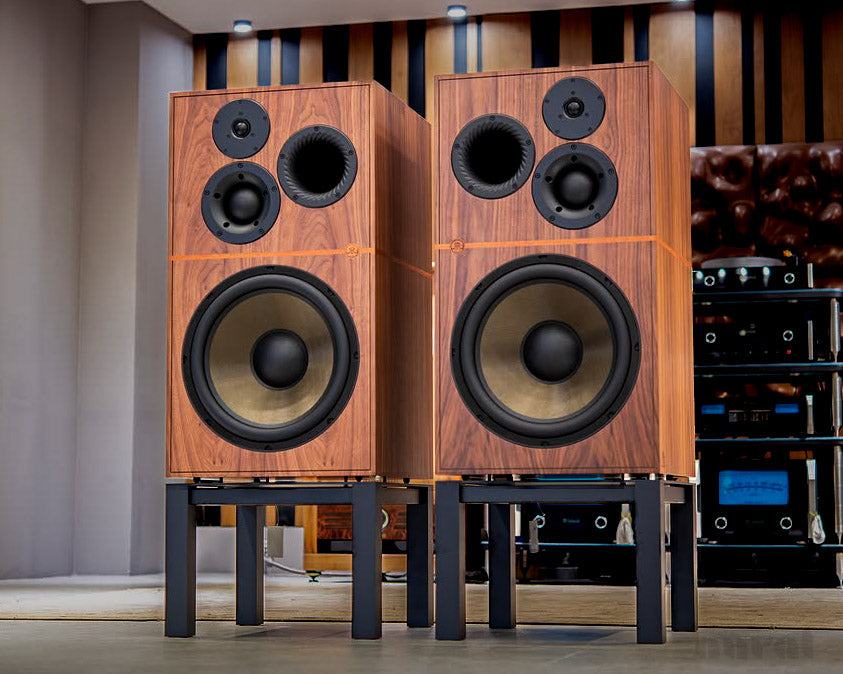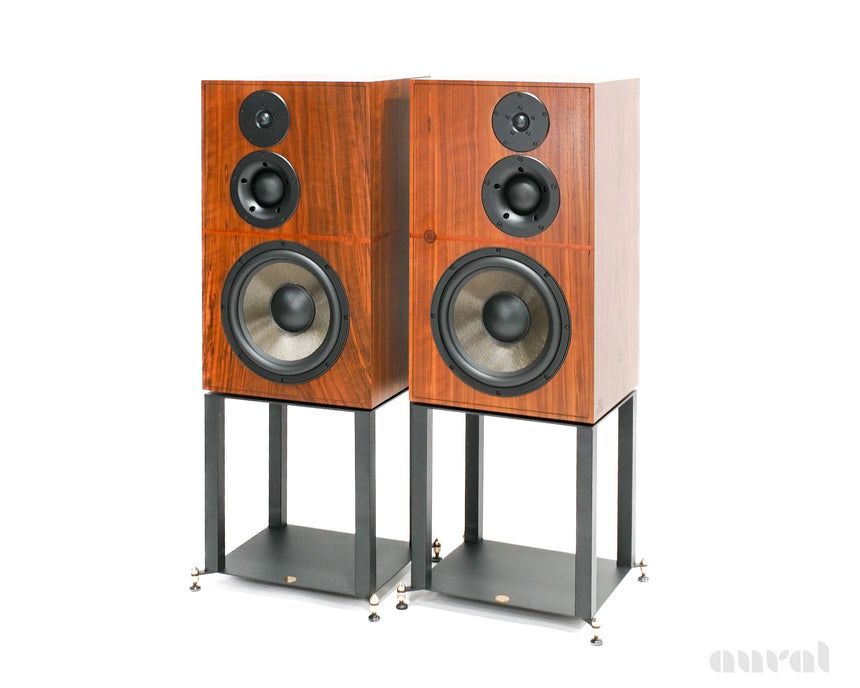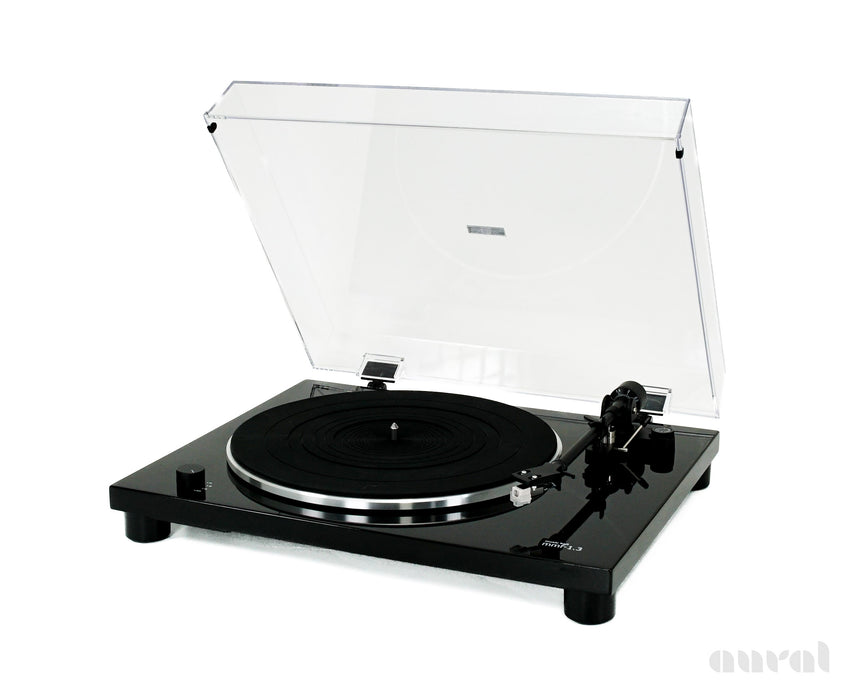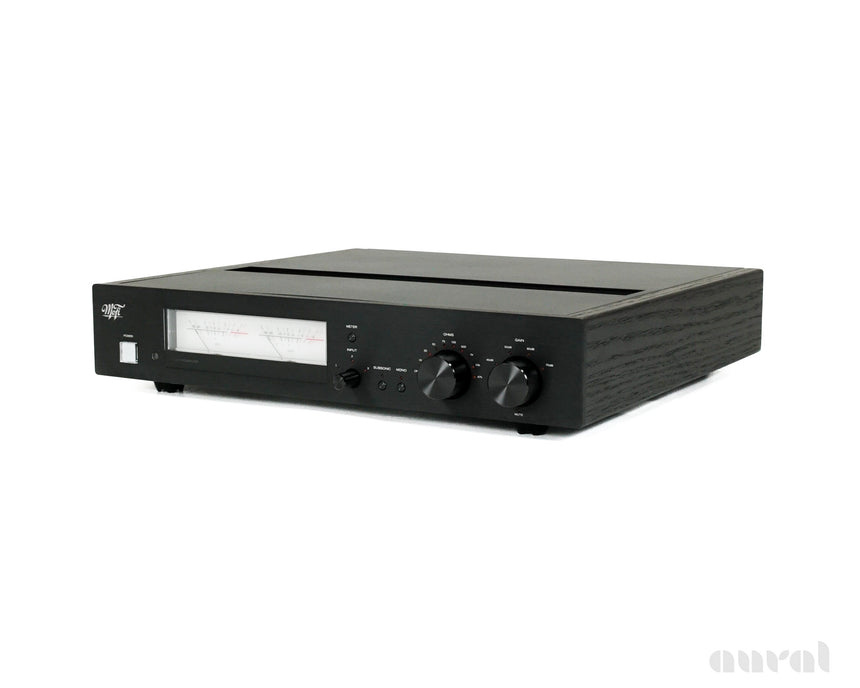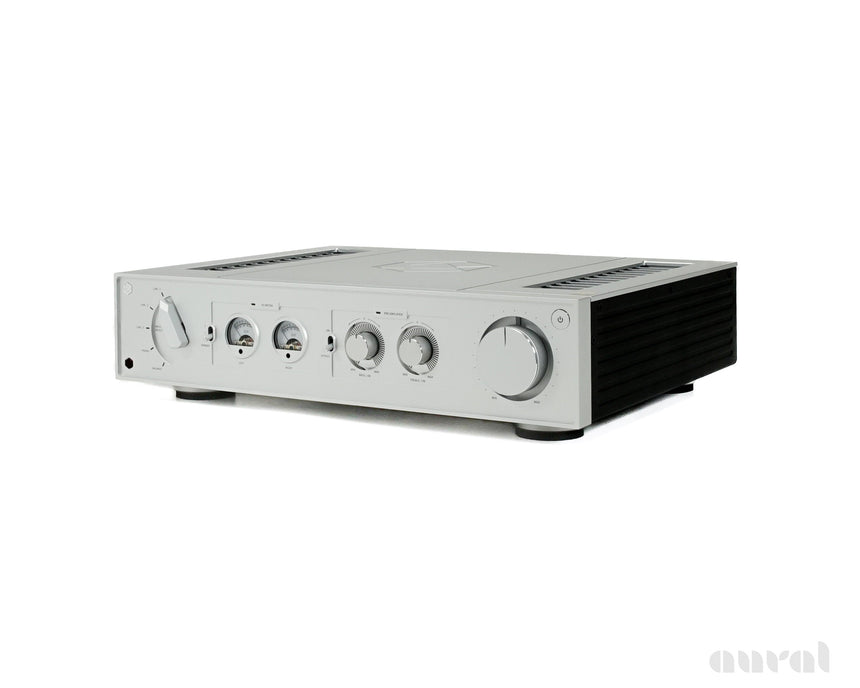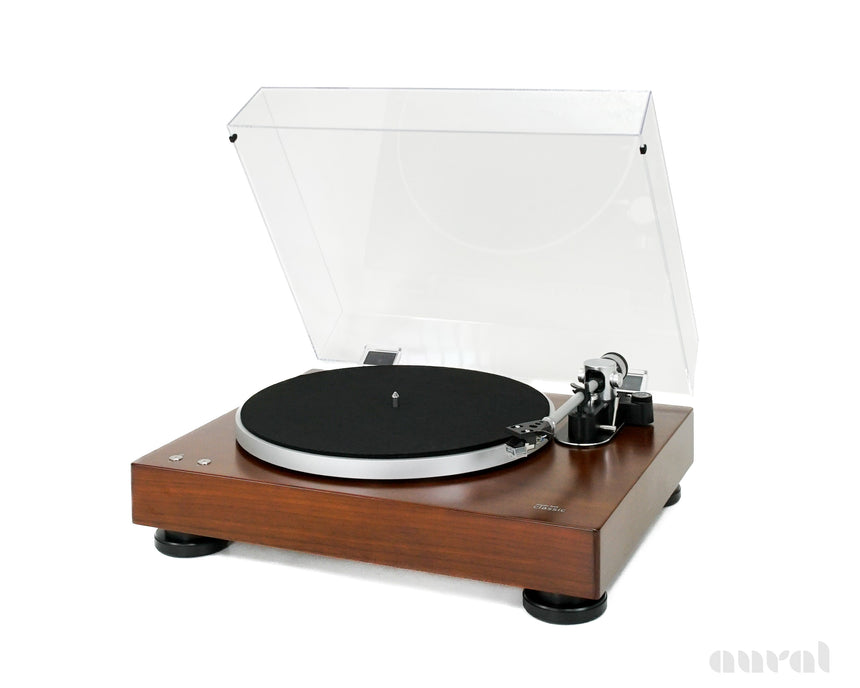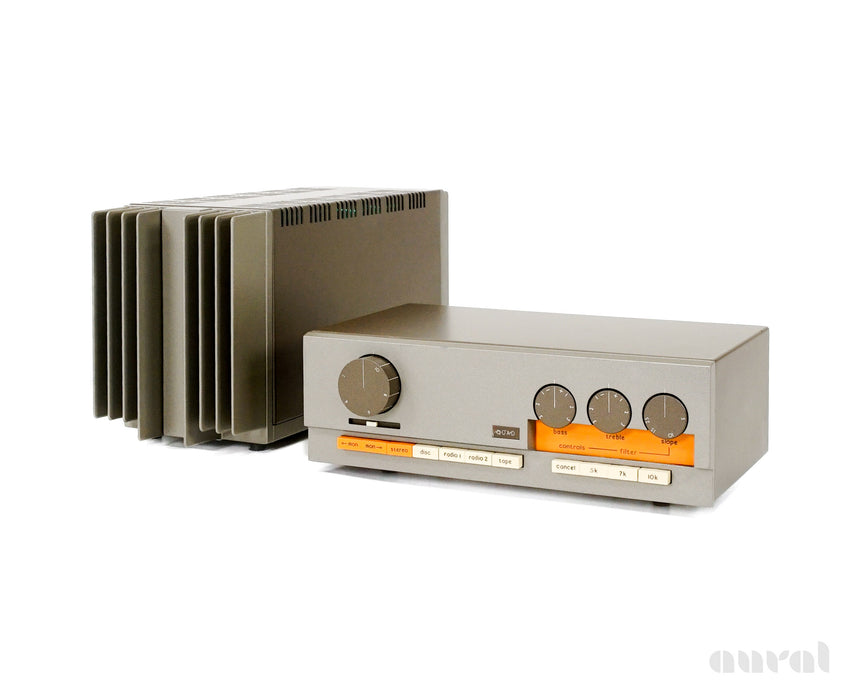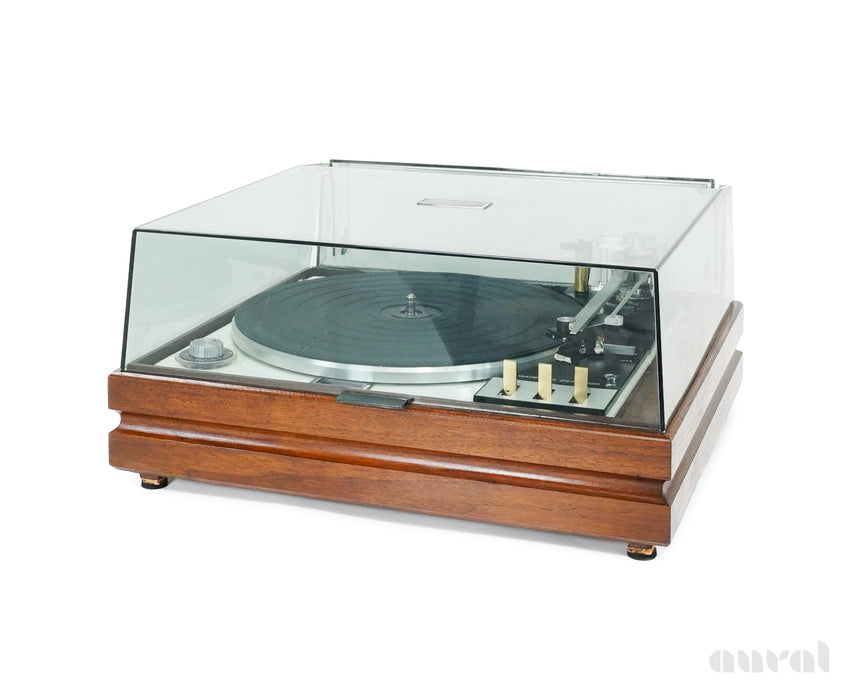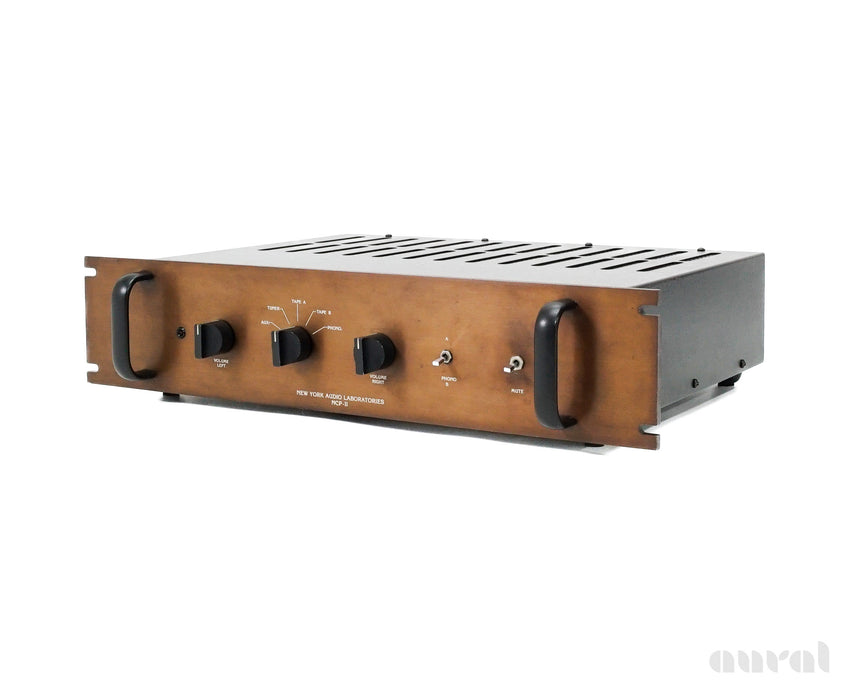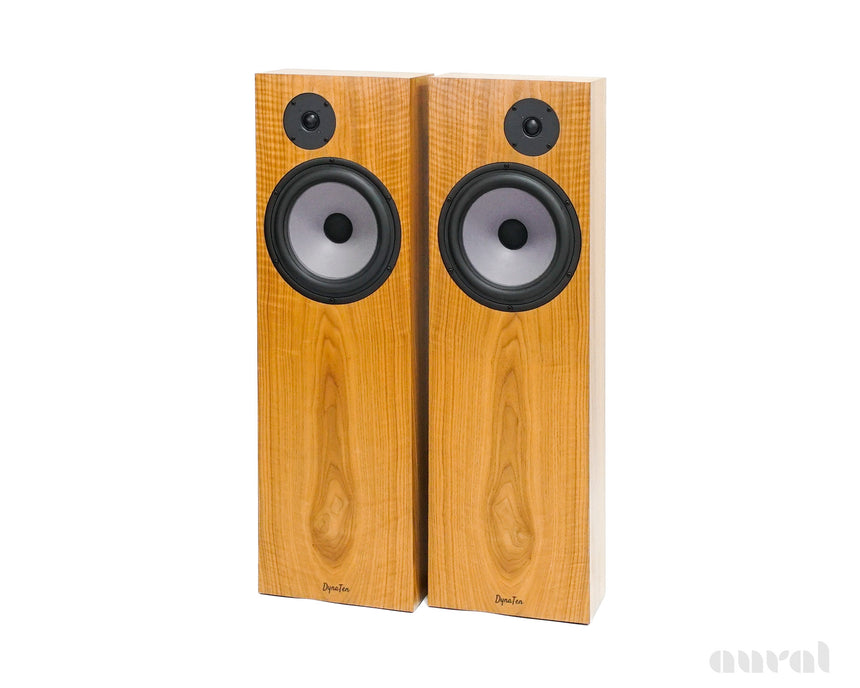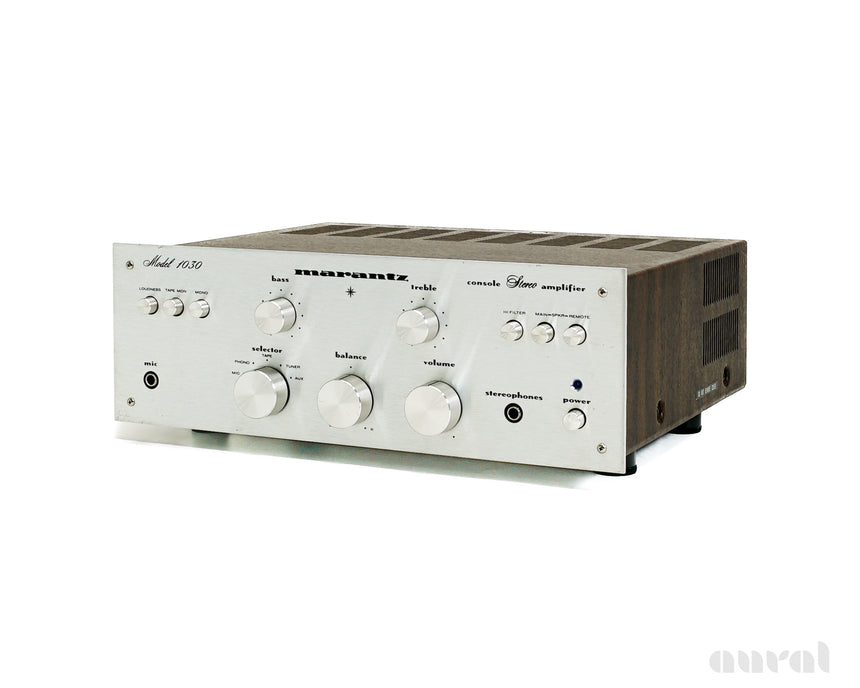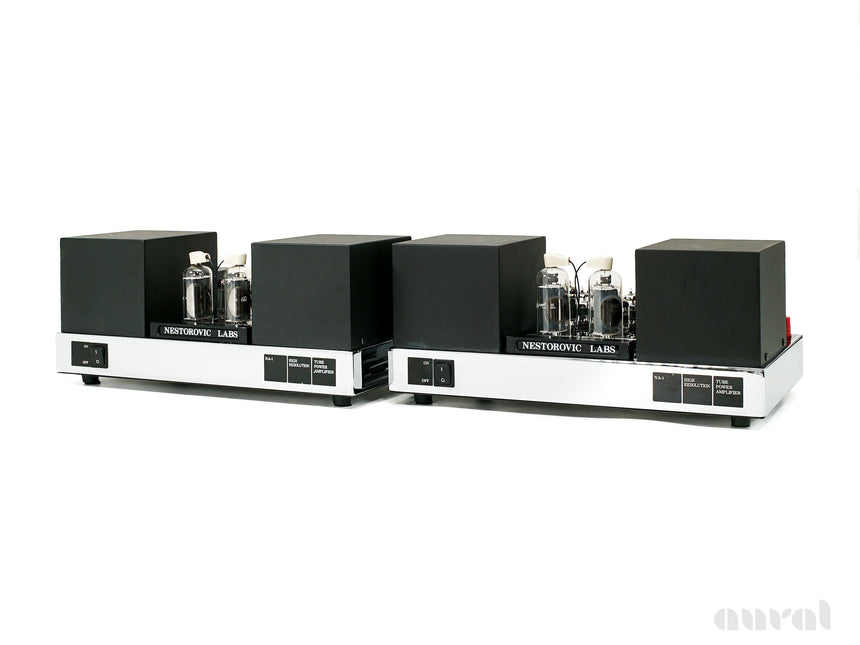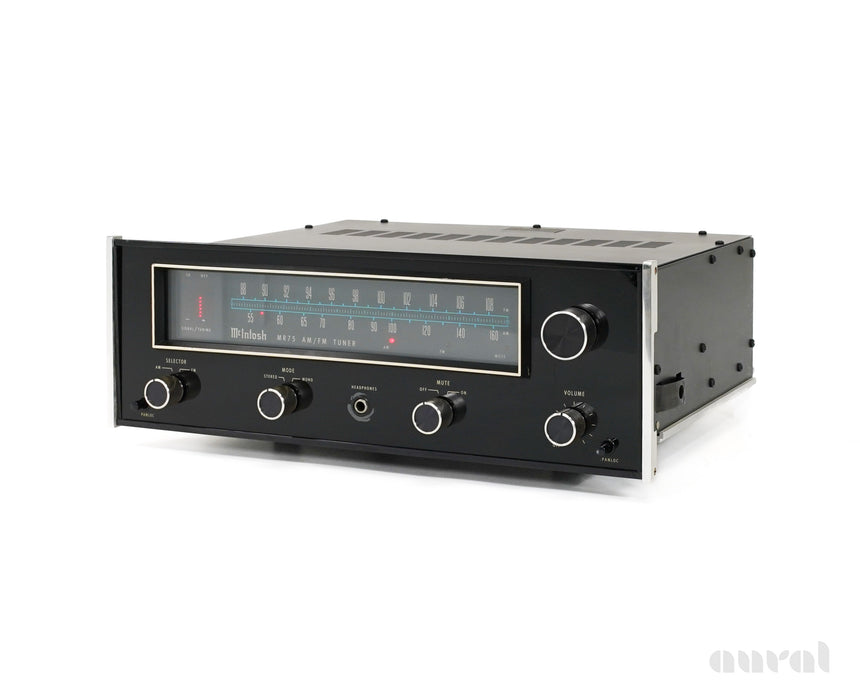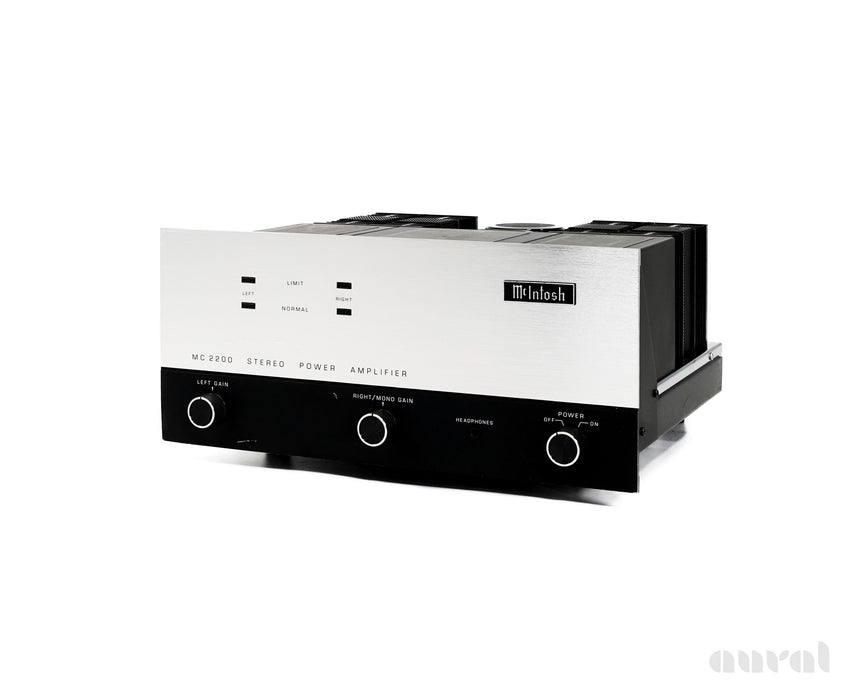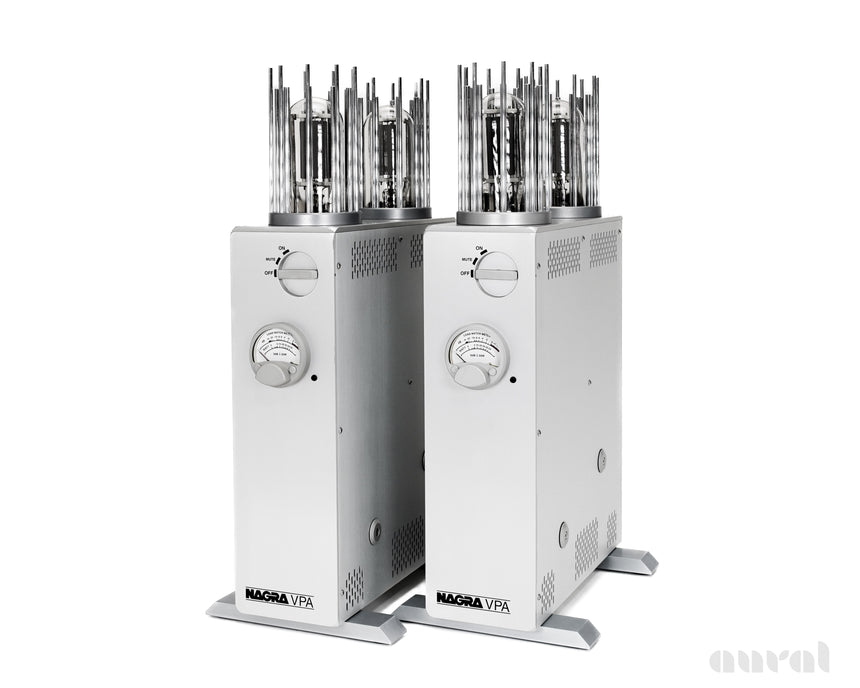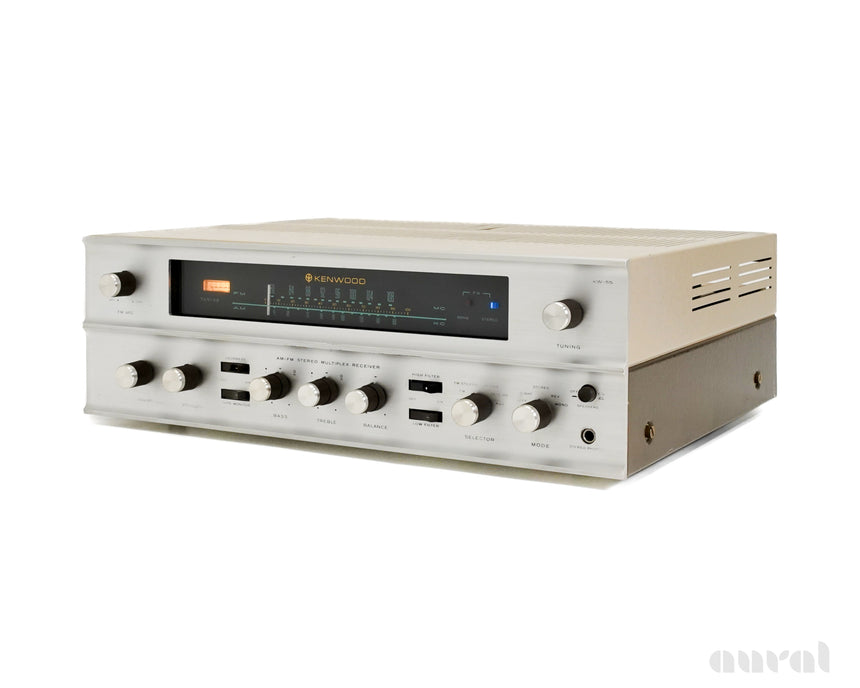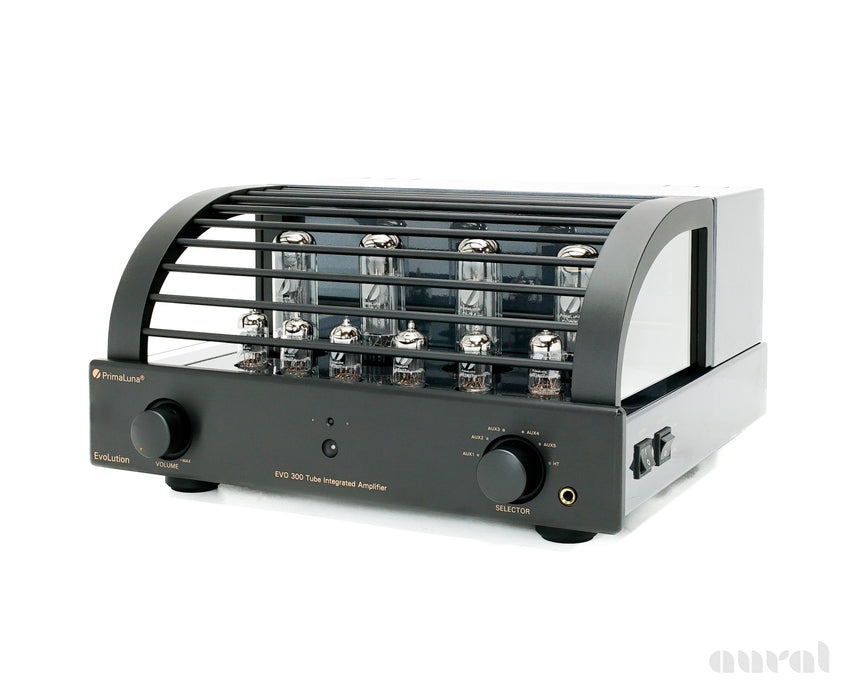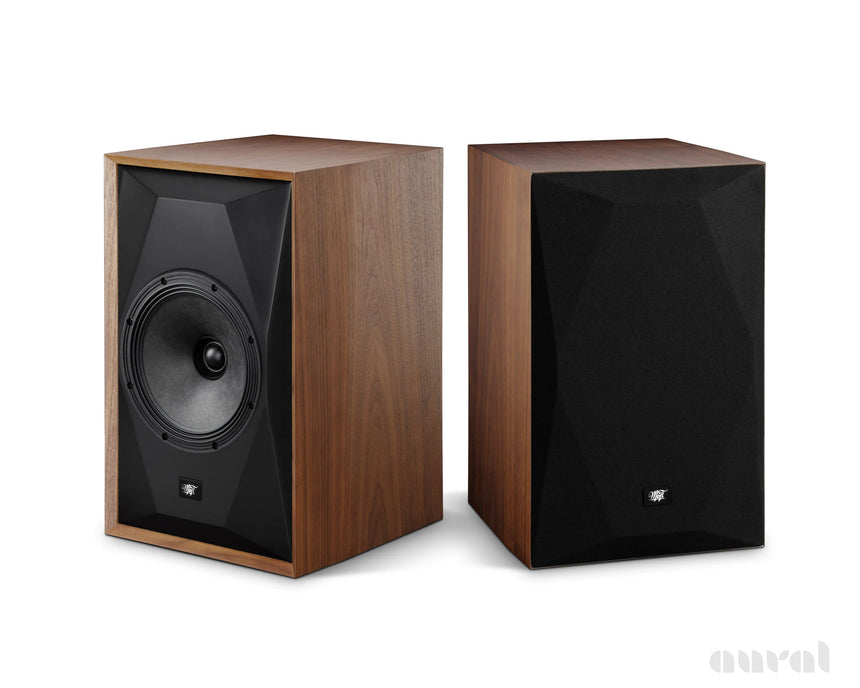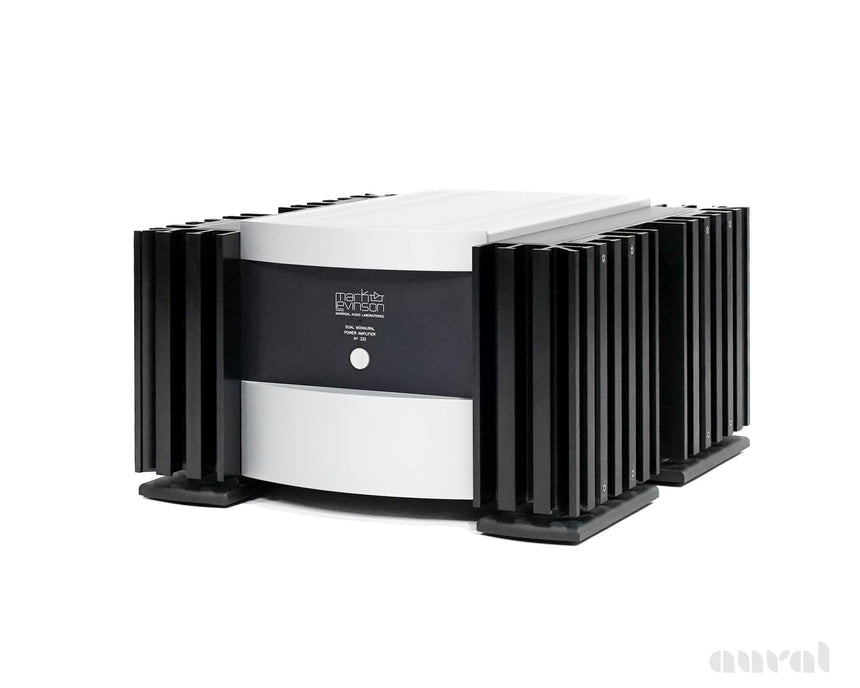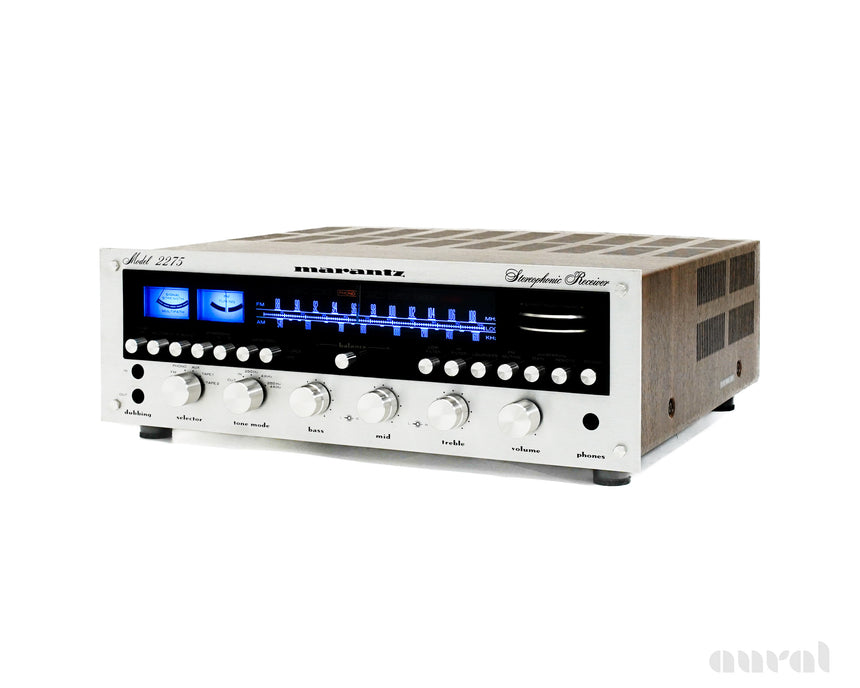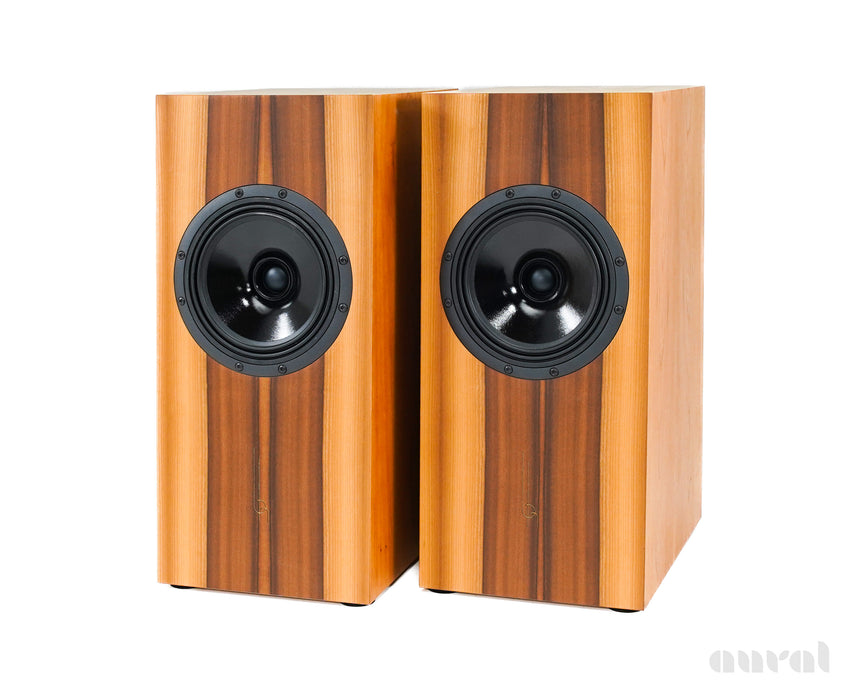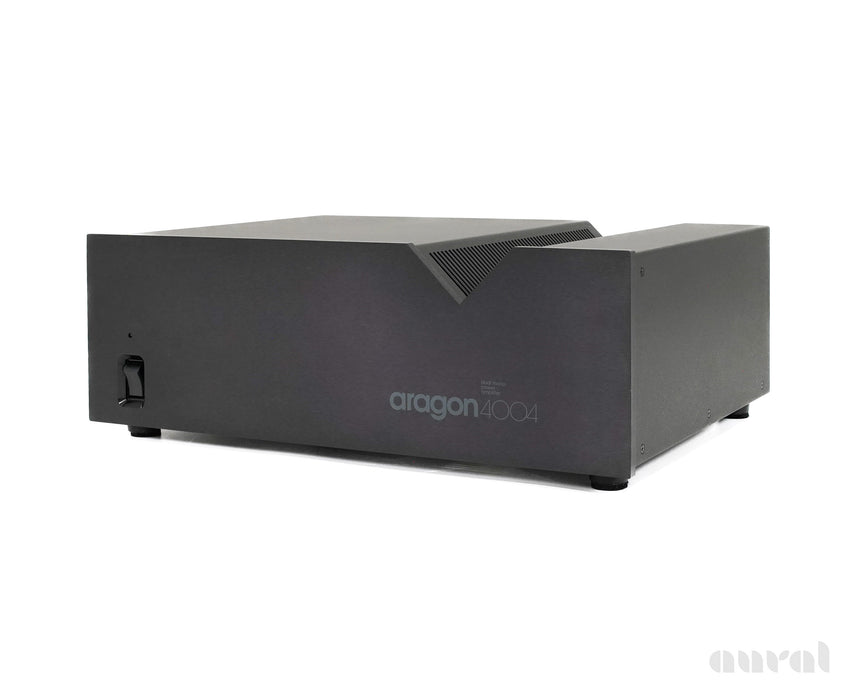The 500c is certainly one of those if-you-know-you-know pieces, but for the uninitiated, beware - having one of these in your collection is a highly addictive antidote for, well, everything.
- Production
- 1963-64
- Condition
- 9/10
- Serial No.
- 74449.0
- Orig. MSRP
- $369
- Restoration
- Full service check
- Cleaned controls / switches
- Replaced Fuse holder / Fuse
- Replaced mylar coupling capacitors
- Replaced two electrolytic capacitors
- Detailed inside and out
- Factory Specs
Type Stereo FM receiver
Tuning range FM
Power output 30 watts per channel into 8Ω (stereo)
Total harmonic distortion 0.7%
Frequency response 25Hz–25kHz, ±1.5dB
Input sensitivity 3.3mV (MM), 450mV (DIN), 230mV (line)
IM distortion (60Hz/7kHz, 4/1) 0.7%
Signal to noise ratio 80dB (line)
Channel separation 50dB (line)
Tuner 1.8µV IHF FM usable sensitivity
Dimensions 17.5"W x 6"H x 13"D
Weight 38 lbs
- Documentation
Fisher 500c Owner's Manual
- The History of Fisher
- ... many people conflate the acquisition with the change in branding, but the trademark request was actually filed by Mr. Fisher in 1965, and held up by other concerns who felt they had the right to use the "Fisher" name. The timing was a happy accident for collectors, who could then quickly discern the age...
[ Read More ]
- Liner Notes
The debut of Avery Fisher's combo amplifier-receiver in the early 1960s signaled the dawn of the home stereo revolution. It initially came in two flavors: the basic 500B and the slightly pricier 500C, which added a headphone jack. Both injected recordings with a hitherto unheard liveliness, using a magic mix of vacuum tubes and capacitors to transform electrical signals into incredibly sweet music. When the first consumers to plunk down $370 heard Bob Dylan singing like he was a few feet away, many were convinced that nothing less would ever satisfy their ears. More than 50 years later, audiophiles still deify the two Fisher models. Revered by online communities, there's a cottage industry devoted to keeping the stereo 500s in working order. Some look at the stately metal-and-wood bodies and see a relic. The rest of us see the antidote to the sterility of the digital age.
-Michael Calore, Wired, Aug 2013
- Stock No.
- 7090855575720
The 500c is certainly one of those if-you-know-you-know pieces, but for the uninitiated, beware - having one of these in your collection is a highly addictive antidote for, well, everything.
Production
1963-64
Condition
9/10
Serial No.
74449.0
Orig. MSRP
$369
Restoration
- Full service check
- Cleaned controls / switches
- Replaced Fuse holder / Fuse
- Replaced mylar coupling capacitors
- Replaced two electrolytic capacitors
- Detailed inside and out
Factory Specs
Type Stereo FM receiver
Tuning range FM
Power output 30 watts per channel into 8Ω (stereo)
Total harmonic distortion 0.7%
Frequency response 25Hz–25kHz, ±1.5dB
Input sensitivity 3.3mV (MM), 450mV (DIN), 230mV (line)
IM distortion (60Hz/7kHz, 4/1) 0.7%
Signal to noise ratio 80dB (line)
Channel separation 50dB (line)
Tuner 1.8µV IHF FM usable sensitivity
Dimensions 17.5"W x 6"H x 13"D
Weight 38 lbs
Documentation
Fisher 500c Owner's Manual
The History of Fisher
... many people conflate the acquisition with the change in branding, but the trademark request was actually filed by Mr. Fisher in 1965, and held up by other concerns who felt they had the right to use the "Fisher" name. The timing was a happy accident for collectors, who could then quickly discern the age...
[ Read More ]
Liner Notes
The debut of Avery Fisher's combo amplifier-receiver in the early 1960s signaled the dawn of the home stereo revolution. It initially came in two flavors: the basic 500B and the slightly pricier 500C, which added a headphone jack. Both injected recordings with a hitherto unheard liveliness, using a magic mix of vacuum tubes and capacitors to transform electrical signals into incredibly sweet music. When the first consumers to plunk down $370 heard Bob Dylan singing like he was a few feet away, many were convinced that nothing less would ever satisfy their ears. More than 50 years later, audiophiles still deify the two Fisher models. Revered by online communities, there's a cottage industry devoted to keeping the stereo 500s in working order. Some look at the stately metal-and-wood bodies and see a relic. The rest of us see the antidote to the sterility of the digital age.
-Michael Calore, Wired, Aug 2013
Stock No.
7090855575720
